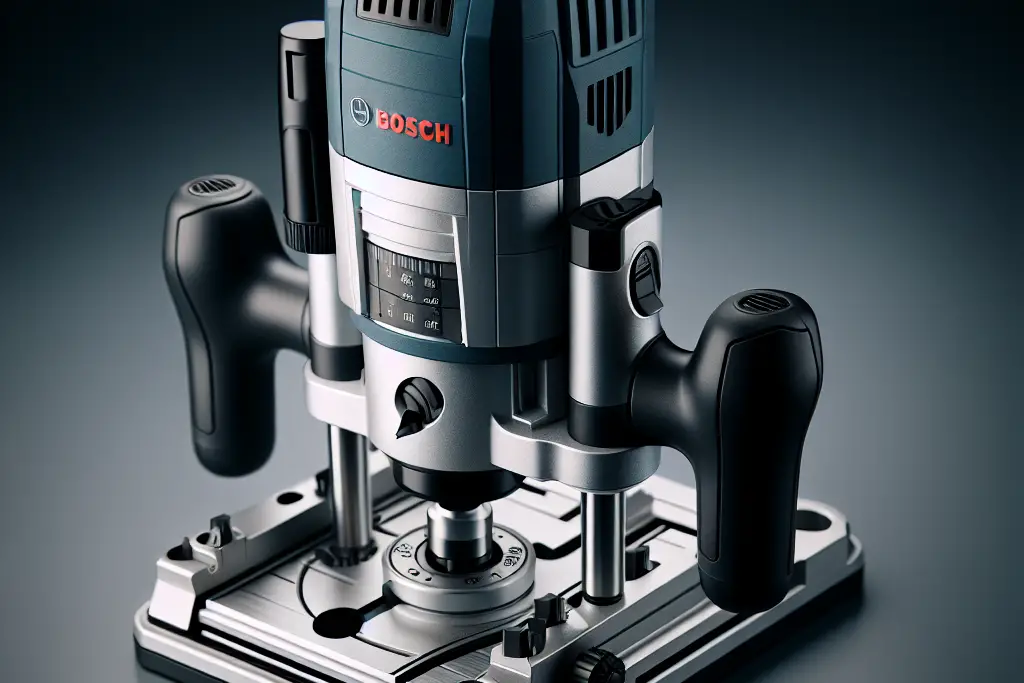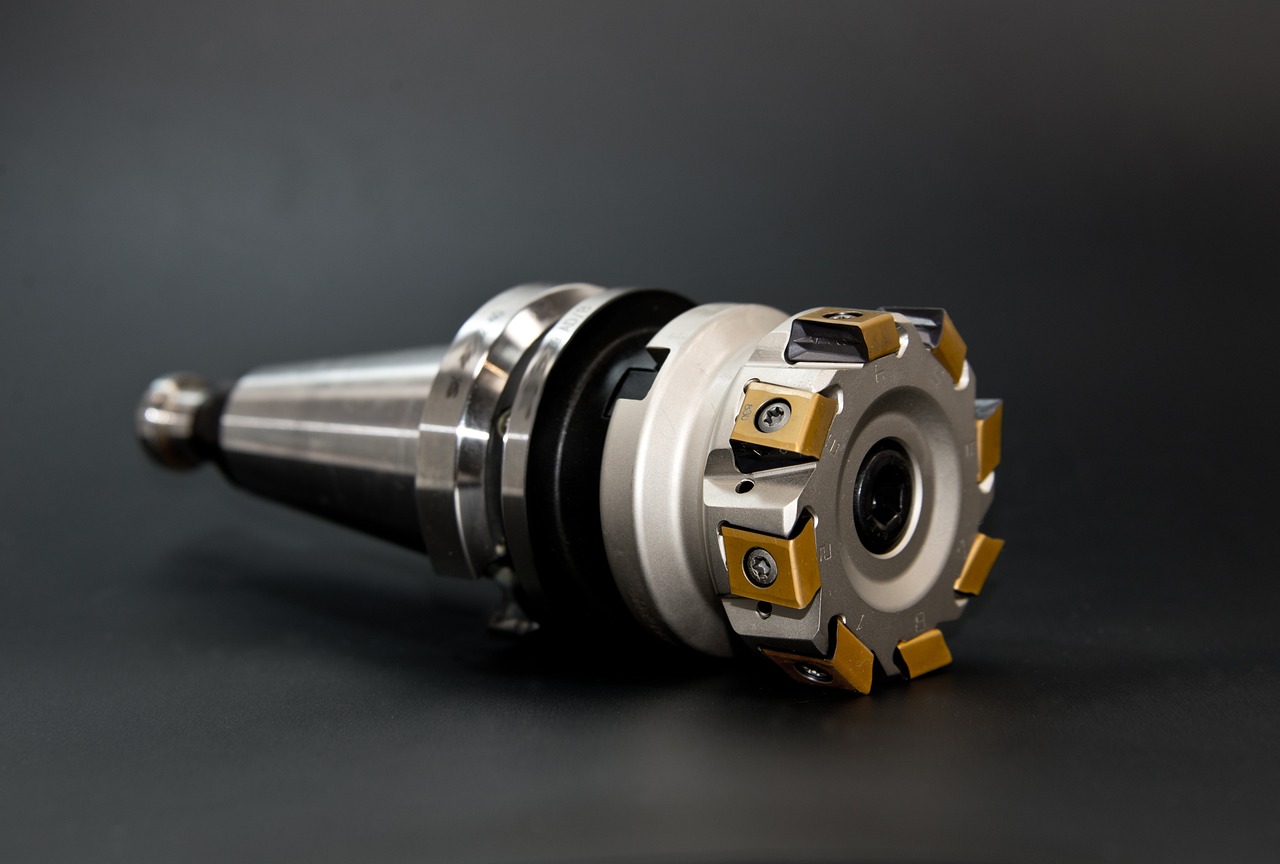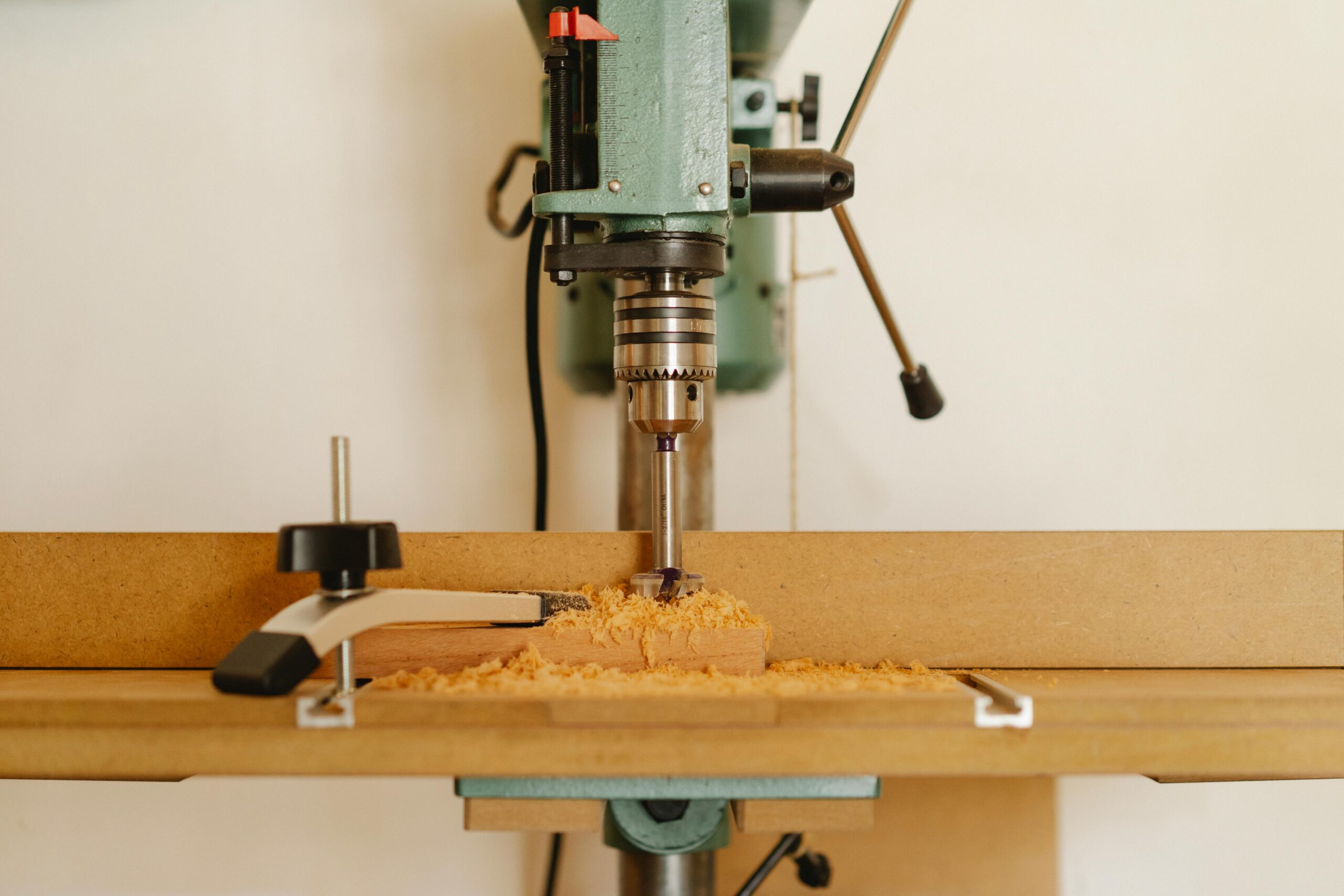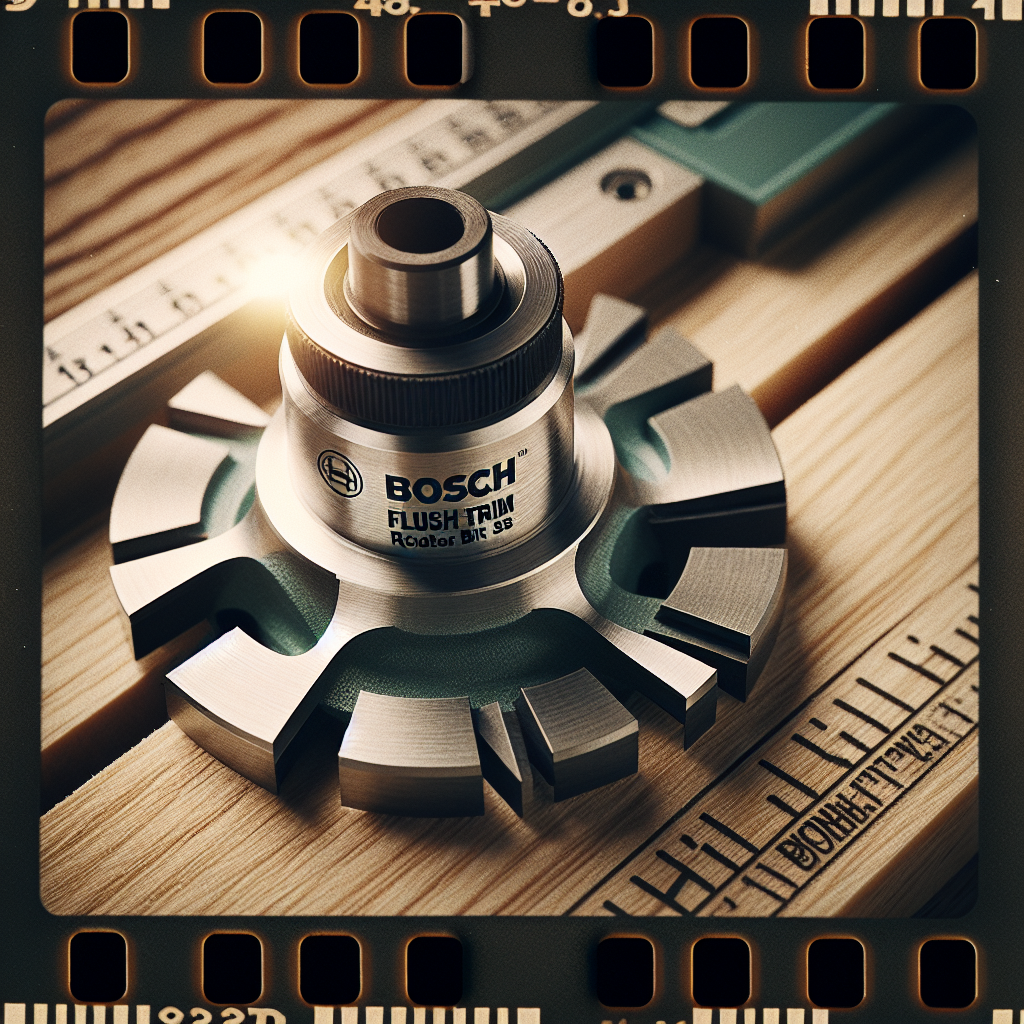The Ultimate Guide to Plunge Routers in 2024 [Plus Exciting Projects]
Ever wondered how professional woodworkers achieve those flawless, intricate designs in their projects?
Plunge routers are the answer!
Plunge routers can open up a world of creative possibilities for your projects. These versatile tools allow you to create intricate designs, precise cuts, and professional finishes with ease. In this comprehensive guide, we’ll explore the latest innovations in plunge router technology for 2024.

What Is a Plunge Router?
Plunge routers give you more control than traditional routers. You can make adjustments while the bit is still spinning. To use it, simply press the base onto your material. Then, lower the bit by twisting a handle or knob. This method allows for greater precision in your work.
The results are impressive. You can create beautifully crafted designs with ease.
It’s a tool that combines power with precision, giving you the best of both worlds.
So why wait? Invest in one today and start exploring all that this amazing tool has to offer!
| Brand | Price | Power (Watts) |
|---|---|---|
| Bosch | $199 | 1400W |
| Dewalt | $229 | 1800W |
| Makita | $179 | 900W |
How Does a Plunge Router Work?
A plunge router operates by allowing users to lower the cutting bit into their workpiece. The tool’s handles provide stability as craftsmen grip them during use. Pressing down on the base engages the plunge mechanism, smoothly penetrating the material.
Users set precise depths by adjusting a knob, controlling how far the bit descends. The motor powers the spinning bit, enabling efficient cutting of various materials.
This design ensures accuracy while maintaining control throughout the shaping process. Woodworkers can create intricate patterns and clean edges with this versatile tool. Releasing pressure retracts the bit, preventing accidental cuts when not in use.
The plunge feature offers flexibility for different projects, from mortises to decorative designs.
Benefits of Using a Plunge Router
- Versatility: Plunge routers can start cuts in the middle of a workpiece, ideal for mortises, stopped dadoes, and inlays.
- Precision depth control: The plunge mechanism allows for accurate and adjustable depth settings.
- Safety: The ability to retract the bit fully into the base when not cutting reduces the risk of accidents.
- Ease of use for template work: Plunge routers excel at following templates for consistent, repeatable cuts.
- Better visibility: The clear base and ability to see the bit allows for more accurate positioning and cutting.
- Smooth entry and exit: The plunging action enables clean starts and stops, especially important for decorative work.
- Multiple pass capability: Easily make deeper cuts in stages by adjusting the depth stop.
- Improved control: The plunge action and typically larger base provide better stability during use.
- Dust collection: Many plunge routers come with effective dust collection systems, keeping your work area cleaner.
- Adaptability: Most plunge routers can be used in a fixed position, offering the functionality of both plunge and fixed-base routers.
If you haven’t already added this powerful tool to your collection, now is definitely the time!
| Type | Diameter Bit Size Range (in.) | Cutting Depth Range (in.) | Horsepower (HP) | RPMs Range |
|---|---|---|---|---|
| Bosch Plunge Router: | .375 – .5 | .000 – 2.75 | 2.25 | 8000 – 25000 |
| Makita Plunge Router: | .375 – .5 | .000 – 1.75 | 3.25 | 9000 – 22000 |
| DeWalt Plunge Router: | .375 – .5 | .000 – 1.5 | 2.25 | 16000-27000 RPMs/minute |
Which Materials Can be Used with a Plunge Router?
When it comes to using a plunge router, the materials you can use are endless! You can create intricate designs in wood, make precise cuts in metal, and even engrave patterns on stone. The key is finding the right bit for the job.
There are many different types of bits that can be used with a plunge router, each designed for specific tasks. For example, if you want to create a decorative edge on your wooden furniture, a routing bit would be perfect.
If you need to cut through thick pieces of metal, then a saw blade bit may be ideal. And if you’re looking to engrave designs into stone or concrete, a diamond-tipped bit would work best.
What Are Some Tips for Using a Plunge Router Safely?
Below are some safety tips which you should take into consideration when working with a plunge router.
- Always wear safety goggles and hearing protection when operating a plunge router.
- Ensure the router bit is securely tightened in the collet before use.
- Unplug the router when changing bits or making adjustments.
- Keep both hands on the router handles during operation for maximum control.
- Start with shallow cuts and gradually increase depth for safer, more controlled routing.
- Use push blocks or featherboards when appropriate to keep hands away from the bit.
- Allow the router to come to a complete stop before setting it down.
- Regularly inspect router bits for damage or dullness and replace as needed.
- Secure your workpiece firmly to prevent movement during routing.
- Never force the router; let the tool do the work at its own pace.
Are There Different Types of Plunge Routers Available?
Yes, there are different types of plunge routers available in the market.
Standard plunge routers are versatile tools suitable for most woodworking tasks. Compact or palm plunge routers offer increased flexibility for detail work. Heavy-duty plunge routers provide more power for demanding jobs.
Cordless plunge routers offer portability without sacrificing performance. Combo kits include both plunge and fixed bases for maximum flexibility. Some plunge routers feature variable speed controls for working with different materials.
Others have soft-start mechanisms for smoother operation. Dust collection ports are common on many models for a cleaner work environment. Digital depth gauges on premium routers allow for precise adjustments.
Finally, some plunge routers are designed specifically for CNC applications in automated woodworking setups.

Can Beginners Use a Plunge Router Effectively?
Beginners can indeed use a plunge router effectively with proper guidance and practice!
Start by familiarising yourself with the tool’s basic functions and safety features. Take time to understand the different router bits and their applications. Begin with simple projects that allow you to practice straight cuts and basic grooves.
As you gain confidence, gradually move on to more complex tasks like creating dadoes or inlays. Always prioritise safety by wearing protective gear and securing your work piece firmly.
Remember to make shallow passes and increase depth gradually for better control and cleaner results. With patience and persistence, you’ll soon master the plunge router and expand your woodworking skills significantly.
What Projects Can I Create with a Plunge Router?
Here are some popular projects you can create with a plunge router.
- Decorative edge profiles – Create rounded edges, ogees, chamfers, and other decorative edge details on boards and panels.
- Inlays – Cut precise recesses to inlay contrasting wood, metal, or other materials into a work piece.
- Mortises – Plunge cut accurate mortises for joinery like mortise and tenon joints.
- Sign making – Carve letters and designs into wood signs.
- Fluting – Cut parallel grooves in columns or furniture legs for a decorative effect.
- Template work – Use templates and guide bushings to create identical repeated shapes and patterns.
- Dadoes and grooves – Cut slots and channels for shelving, drawer bottoms, etc.
- Bowl and tray carving – Hollow out wood to create bowls, trays and other curved shapes.
- Hinge mortises – Cut precise recesses for door and cabinet hinges.
- Circle cutting – Use a circle cutting jig to create perfect circles and arcs.
- Raised panel doors – Create decorative raised panels for cabinet doors.
- Dovetail joints – Cut precise dovetails for drawers and boxes with a dovetail jig.
- Flush trimming – Trim laminates or veneers flush with a substrate.
Where Can I Purchase a Plunge Router and How Much Do They Cost?
You can find plunge routers in many places. Hardware stores and home improvement centres often stock them. Online retailers like Amazon and eBay are great options too. Prices can range from $50 to $300, depending on the brand and features.
Looking for a bargain?
Check out Craigslist or Facebook Marketplace. People often sell used tools there at lower prices. But be careful when buying used. Always inspect the tool closely before purchasing. Make sure it works well and is in good condition.
| Brand | Price Range | Features |
|---|---|---|
| Bosch | $100-$300 | Versatile speed settings, ergonomic design |
| DeWalt | $150-$250 | Durable construction, easy depth adjustment system |
| Makita | $50-$200 | Fine depth adjustment knob, powerful motor |
| Ryobi | $70-$150 | Ergonomic grip handles, LED lights, dust collection system |
Wrapping Up
In 2024, plunge routers continue to be an essential tool for both beginners and experienced woodworkers, offering unmatched versatility and precision. Throughout this guide, we’ve explored the various features and benefits that make plunge routers a valuable addition to any workshop. From creating intricate inlays and decorative edges to crafting robust mortises, the capabilities of a plunge router are vast and varied. With the right techniques and projects, you can unlock new levels of creativity.
Learn more about the key differences between palm and plunge routers here!



